Ancient Indian Eugenics, Eroticism and Sex Psychology
Influence of Ayurveda in the Theory of Kamasastra by: Rahul Vishwas AltekarDisproving the overarching perception of sexual relationships and copulation postures, this book treats KÀmaœÀstra from different perspectives such as behavioral & sex psychology, its conceptual origination, later evolution and its parallel learning from °yurveda. It delves into how °yurveda exerts structural, conceptual, prescriptive and symbolic influences on KÀmaœÀstra, while highlighting the concept of aÈÇÀôga KÀmaœÀstra.
Original price was: ₹1,000.00.₹900.00Current price is: ₹900.00.
ISBN: 9788124612293
Year Of Publication: 2025
Edition: 1 st
Pages : xxviii, 275
Bibliographic Details : Index, Bibliography
Language : English
Binding : Hardcover
Publisher: Ancient Indian Eugenics, Eroticism and Sex Psychology
Size: 22 CM
Weight: 550 GRAMS
“KÀmaœÀstra invokes keen interest among people of all strata, all countries and makes a reflective impact on their lives. Although there is plethora of literature on the subject, most of them deal with the sexual relationships and copulation postures, relegating its genuine scientific relevance. For many, the KÀmasÂtra is the only authoritative text on KÀmaœÀstra, ignoring a large volume of texts on psychology, sociology and eugenics under its wide gamut. Based on the extensive research and empirical inputs from °yurveda practitioners, this book addresses the missing links of KÀmaœÀstra and the strong influence of °yurvedic principles on its overall framework. It discusses discoveries from the multiform temple structures at KhajurÀho, the Sun Temple at KoõÀrk and ŒrÁ Chenna- Keœava SwÀmy Temple at BellÂr among many others. These evidences endorse the theoretical views gathered from the pertinent literature. It helps readers understand KÀmaœÀstra concepts from different perspectives, especially the elaborations on various Àsanas.
The book deals with core °yurvedic themes like homeostasis, balance in physiological constituents, anatomy, digestion and metabolism, diet, lifestyles, therapeutical approach, virility, aphrodisiac and pharmacology, eugenics, surgery, materia medica, medication and medicinal plants that are presented as an extension to the KÀmaœÀstra theory.
The volume highlights the concept of aÈÇÀôga KÀmaœÀstra dealing with characteristics of the male, female, venue of copulation, rituals to yield progeny, prosperity, protection and happiness from KÀmadeva, significance of the right copulation mood and energy, food and sense consumption, and instruments. It should entice students, researchers, °yurvedic practitioners, and others alike.”
Contents
Foreword — Dr Shriprasad Bavadekar vii
Prologue — Dr V.K. Hampiholi xv
Preamble xvii
Acknowledgements xxvii
Abbreviations xxix
List of Tables xxxi
List of Figures xxxii
1. Introduction 1
1.1 Context 1
1.2 Brief Overview of Āyurveda and Current Trends 2
1.3 History and Legacy of Āyurveda 4
1.4 Theory of Āyurveda: Basic Building Blocks 6
1.5 Literature Review of Āyurvedic Texts 9
1.5.1 Concept of Homeostasis: Balance and Imbalance 9
(Samāvasthā Vicāra)
1.5.2 Conceptual Elements in Therapy (Sātmya Vicāra) 11
1.5.3 Concept of Anatomy and Physiology (Śārīra Vicāra) 12
1.5.3.1 Concept of a Cell 12
1.5.3.2 Basic Tissues 12
1.5.3.3 Role of Vāta 13
1.5.3.4 Reflexes 14
1.5.3.5 Physiology of Male Reproductive System 15
1.5.3.6 Ejaculation 15
1.5.3.7 Physiology of Female Reproductive System 15
1.5.4 Concept of Healthy Lifestyle (Svastha-vr̥tta) 16
1.5.5 Concept of Digestion and Metabolism (Agni Vicāra) 19
1.5.6 Concept of Vital Points and Traumatic Effects 19
(Marma Vicāra)
1.5.7 Concept of Materia Medica and Pharmacology 21
(Dravya-Guṇa Vicāra)
1.5.7.1 Psychic Qualities 22
1.5.7.2 Physical or Material Qualities 22
1.5.8 Concept of Diet (Āhāra Vicāra) 23
1.5.9 Concepts in Therapeutical Approach 24
(Cikitsā Vicāra)
1.5.9.1 Divine Therapy 25
1.5.9.2 Rational Therapy 25
1.5.9.3 Psychotherapy 25
1.5.10 Concepts in Surgical Approach (Śalya-Tantra 27
Vicāra)
1.5.10.1 Incision and Exploration 27
1.5.10.2 Scraping and Scooping 27
1.5.10.3 Puncturing 27
1.5.10.4 Probing 28
1.5.10.5 Extraction and Pick-up 28
1.5.10.6 Drainage and Removal of Vitiated Doṣa 28
1.5.10.7 Suturing 28
1.5.10.8 Bandaging Technique 28
1.5.10.9 Kṣāra and Agni Karma 29
1.5.10.10 Miscellaneous Procedures 29
1.5.11 Concepts in Medication (Bheṣaja Vicāra) 29
1.5.11.1 Concept of Personalized Medicine 30
1.5.12 Concepts in Eugenics, Virility and Aphrodisiac 30
Therapy (Vājīkaraṇa Vicāra)
1.5.13 Common Medicinal Plants in Āyurveda 32
1.5.13.1 The Role of Food as Medicine 32
1.5.13.2 The Action of Indian Spices 33
1.5.14 Concepts in Eight Wings of Āyurveda (Aṣṭāṅga 33
Āyurveda)
1.6 Overview of Kāmaśāstra and Its Key Texts 34
2. Areas of Āyurveda Influence 37
2.1 Introduction 37
2.2 Review of Literature on Kāmaśāstra 39
2.3 Kāmaśāstra in Classical Sanskrit Literature 41
2.4 Hypothesis Design 42
2.5 Areas of Āyurveda Influence 44
2.5.1 Structural Influence on the Foundation of 44
Kāmaśāstra Texts
2.5.2 Conceptual Influence on Kāmaśāstra Theory 51
2.5.2.1 Core Objectives, Applications and Relevance 51
2.5.2.2 Concept of Balance 52
2.5.2.3 Concept of Modular Approach (Trisūtra) 53
2.5.2.4 Conceptual Elements in Therapy and Medication 54
2.5.2.5 Concept of Classification and Precision 67
2.5.2.6 Precision Aspects 70
2.5.3 Prescriptive Influence on Kāmaśāstra Practice 71
2.5.3.1 Food Consumption 71
2.5.3.2 Theory of Conception and Anatomy 73
2.5.3.3 Copulation Process and Pleasure Enhancement 77
2.5.3.4 Routine Management 79
2.5.3.5 Direct References in Āyurveda 85
2.5.3.6 Coherence in Medicines and Therapy 86
2.5.3.7 Behavioural Aspects and Hygiene 92
2.5.4 Symbolic Influence on Kāmaśāstra Practice 97
2.5.4.1 Symbolization through Baseline Philosophy 98
2.5.4.2 Symbolization through Grammatical Aspects 103
2.5.4.3 Symbolization through Figurative 106
Disease Management
2.5.4.4 Psychology of Āyurveda and Symbolic 112
Domains of Kāmaśāstra
2.5.4.5 Role of Messenger in Āyurveda and Symbolic 114
Models in Kāmaśāstra
2.5.4.6 Symbolic Concept of Kāma Vaidya 117
2.5.4.7 Objective of the Profession: Kāma Therapy 117
2.5.4.8 Critical Components of the Profession: 118
Cikitsā Catuṣṭaya
3. Reinterpreting Kāmaśāstra Theory 121
3.1 Introduction 121
3.2 Concept of Aṣṭāṅga Kāmaśāstra 122
3.3 The Nāyaka 124
3.3.1 Classification of the Nāyaka 124
3.3.2 General Characteristics of the Nāyaka 128
3.3.3 Chiromantic Characteristics of the Nāyaka 130
3.3.4 Prescribed Behaviour of the Nāyaka 131
3.4 The Nāyikā 132
3.4.1 Classification of the Nāyikā 132
3.4.2 Signs and Drivers of the Nāyikā Psychology 139
3.4.3 Prescribed Behaviour of the Nāyikā 141
3.5 The Vāstu 142
3.6 The Kāmadeva 146
3.7 Rasa and Bhāva 153
3.7.1 Ratāvasthāpana Vidhi 162
3.7.2 Bhāvadīpanavidhi 167
3.8 Āsanas (Postures) 170
3.8.1 Ratārambha Vidhi 170
3.8.2 Āsanādi Vidhi 171
3.8.3 Ratāvasānika Vidhi 176
3.9 Bhojya 177
3.10 Upakaraṇa 181
4. Prospects of Kāmaśāstra 185
4.1 Introduction 185
4.2 Data Collection and Analysis 186
4.3 Internet and Entertainment Content and 190
NRC Literature
4.4 Trends in Academia 191
4.5 Prospect of Kāmaśāstra 193
5. Summary and Conclusions 201
5.1 Summary 201
5.2 Limitations and Future Scope of the Research 210
5.3 Recommendations 212
5.4 Benefits of the Research 214
5.5 Conclusions 214
Appendices
Appendix 1: Questionnaire 219
Appendix 2: Kokkoka’s Literature Survey on Kāmaśāstra 223
Appendix 3: Selected Plates of Kāmaśāstra-Related 225
Sculptures from Site Surveys
Appendix 4: Selected Celebration Moments of 229
Kāmadeva Festival
Appendix 5: Illustrative Āyurvedic Concepts 235
Appendix 6: Index of Kāmaśāstra Technical Terms 241
Bibliography 245
Index 253


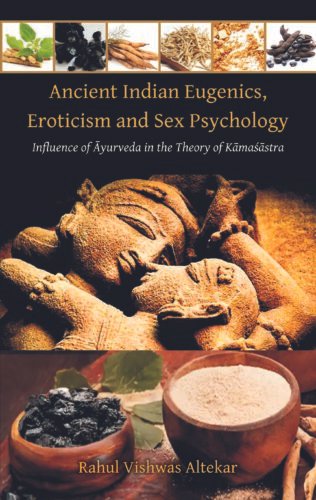



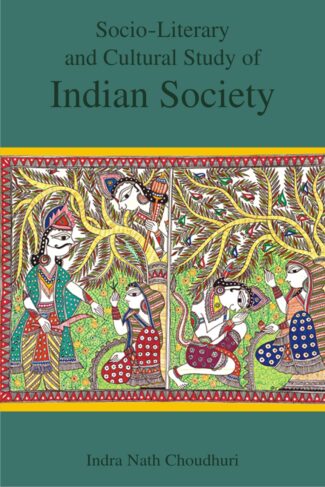
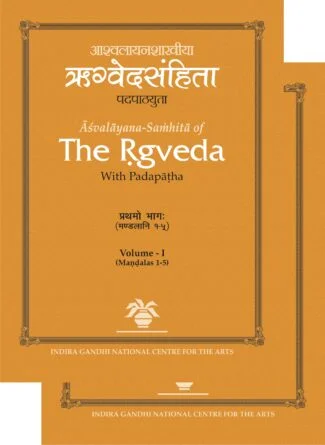
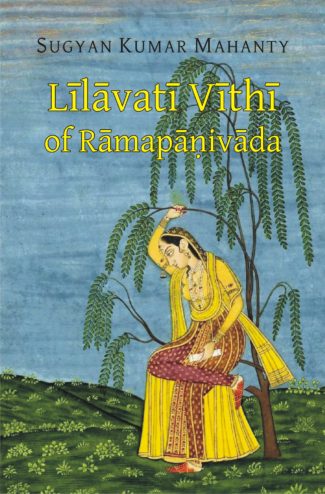
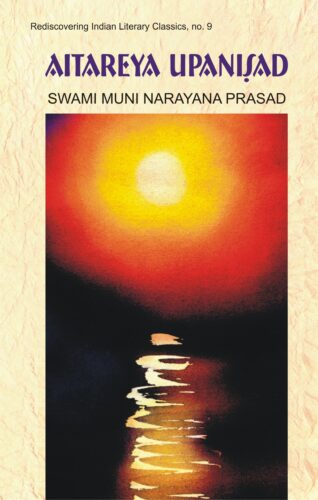
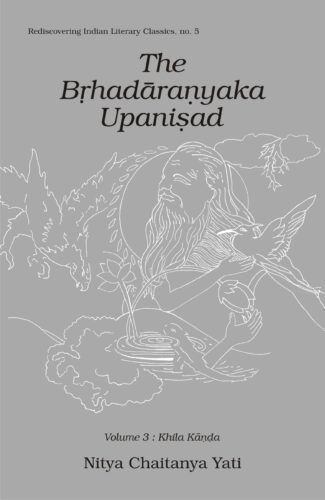
There are no reviews yet.